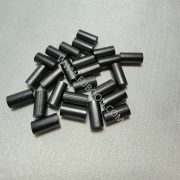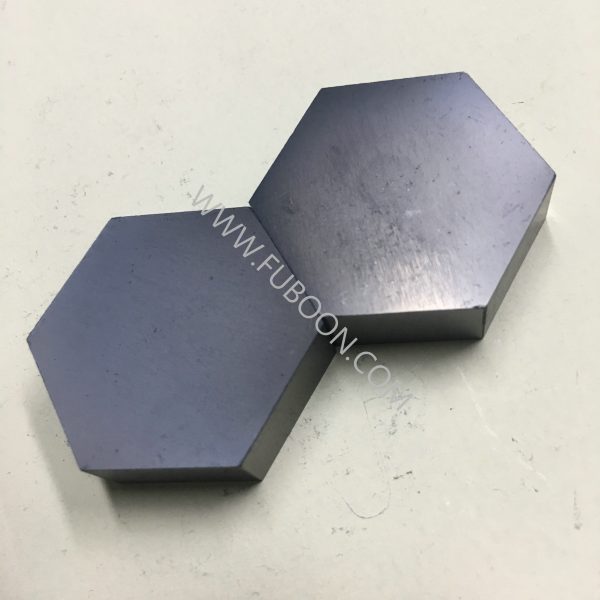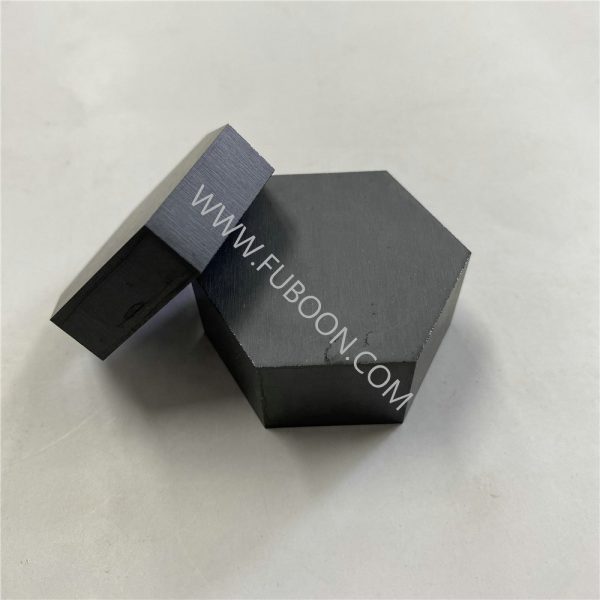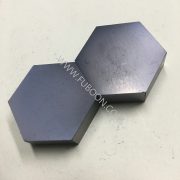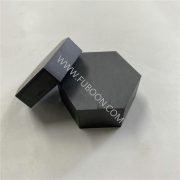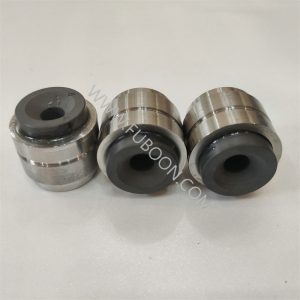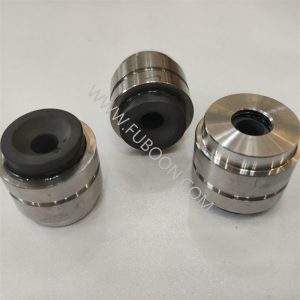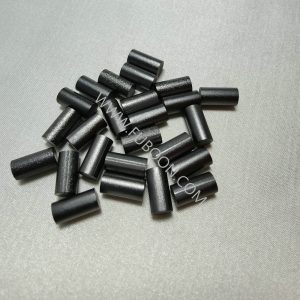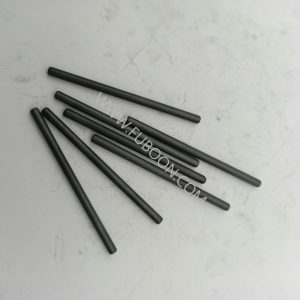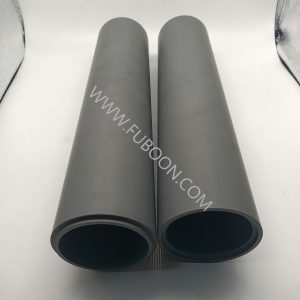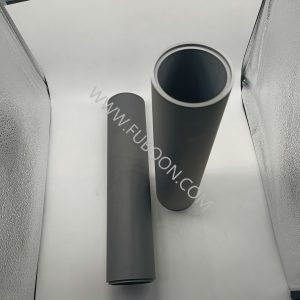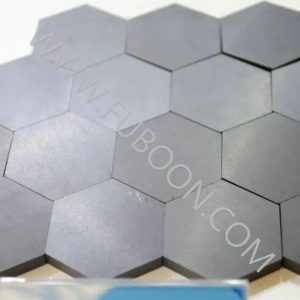Carboneto de boro is smelted from boric acid and powdered carbon in electric furnace under high temperature. Depending on hardness of
4950kgf/mm2, É ainda mais duro que o diamante e o nitreto cúbico de boro. Por causa de sua alta resistência, densidade baixa, corrosão
resistant, resistente a altas temperaturas, baixa condutividade térmica, alto módulo de elasticidade, it is ideal for a wide variety of
applications.Boron Carbide is one of the hardest man-made materials available in commercial quantities that has a finite melting point low
enough to permit its relatively easy fabrication into shapes. Some of Boron Carbide’s unique properties include: Hexagonal,
chemical inertness, and a high neutron absorbing cross section.
Placa protetora de cerâmica de carboneto de boro B4C
- Descrição
- Investigação
High Hardness Hexagonal Boron Carbide Ceramic B4C Protective plate
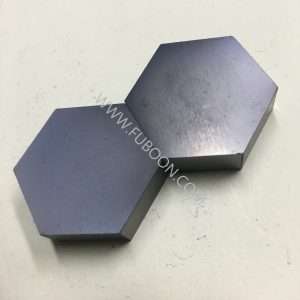
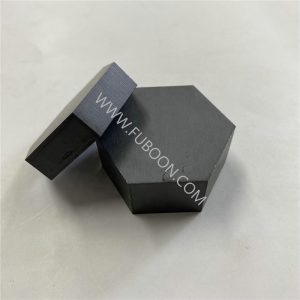
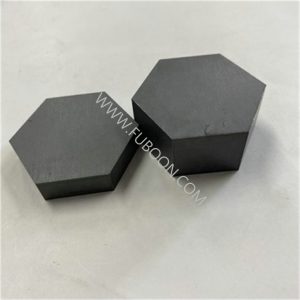
Descrição do Produto
Nome do Produto | High Hardness Hexagonal Boron Carbide Ceramic B4C Protective Substrate |
Forming Method | Thermal casting/drying press/extrusion |
| Aplicativo | it is widely used in paints,refractory, inorganic mineral powders industries. |
Cerâmica de carboneto de boro:
Placa protetora de cerâmica de carboneto de boro B4C
Característica:
Alta dureza
High modulus
Alta condutividade térmica
High melting point Wear resistance
High bending strength and fracture toughness
Placa de colete de cerâmica à prova de balas Si3N4 de alta densidade
Light weight
Aplicativo:
With above performance, now many customers choose the boron carbide material used especially in body protection.
reactor neutron absorber. Além disso, compared with the diamond and cubic boron nitride, boron carbide is easier to manufacture
with low cost, and therefore is is more widely used in grinding, drilling and others.
Placa protetora de cerâmica de carboneto de boro B4C
Technical Data
Boron Carbide (B4C) Propriedades
Name | Unidade | B4C |
Densidade | g / cm3 | >2.48 |
Porosidade | % | <0 5 |
Dureza Vickers | HV1(GPa) | 26 |
Young’s Modulus | GPa | 410 |
Resistência à Flexão | MPa | 460 |
Força compressiva | MPa | >2800 |
Tenacidade à Fratura | MPa. m0.5 | 5 |
Coeficiente de expansão térmica 25℃-500℃ 500℃-1000℃ | 10-6/k | 4.5 |
Thermal conductivity at 25℃ | W/mK | 36 |
Specific electrical resistance at 25℃ | Ω cm | 1 |

